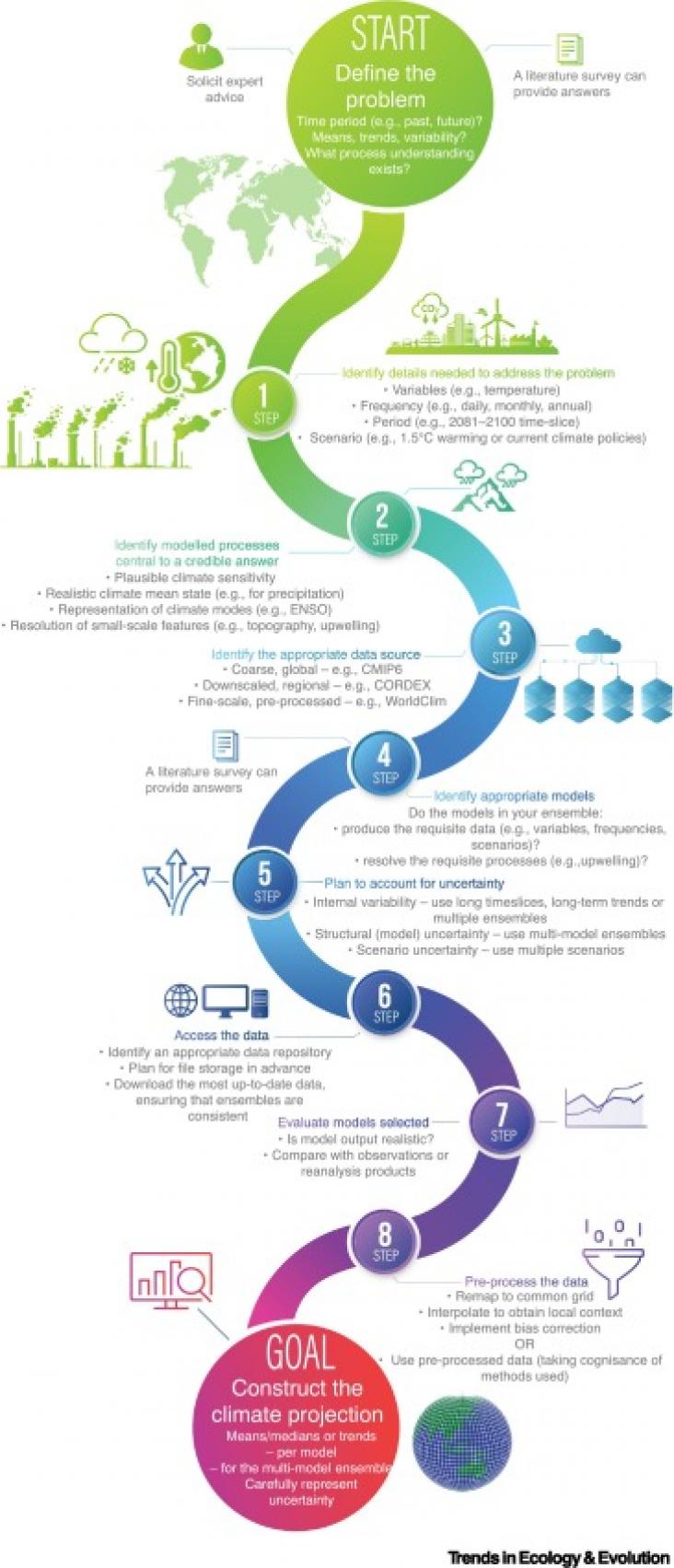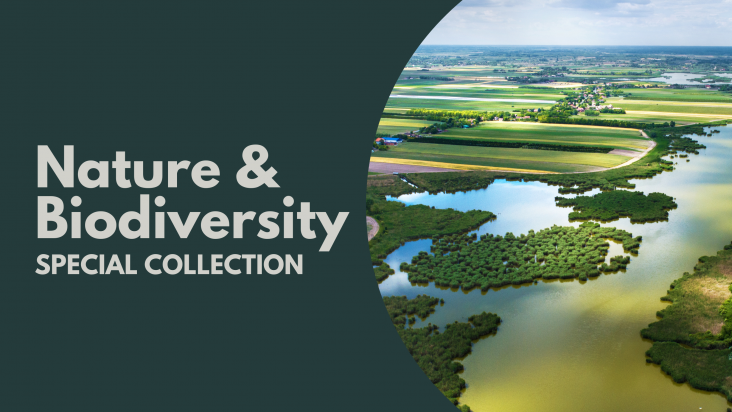
To plan for an uncertain future, life scientists are often required to use the output from climate models to develop recommendations for policy. The authors explain best practice for use of these models, this research supports SDG 2, 13, 14 and 15.
Humpback whales (Megaptera novaeangliae) in Southeast Alaska have been studied for over 50 years, and are largely considered a recovery success since the cessation of commercial whaling. To further sustain this success we need to improve our knowledge of how these giants reproduce. The authors developed an effective strategy for monitoring the hormone levels in a challenging natural environment.

This work highlights what we know about climate change impacts that have happened and discuss future directions for research. It supports SDG 13 and 14.
This chapter aligns with Goals 3 and 14 by explaining the connection between the health of global oceans and the health and wellbeing of human populations increasingly reliant on ocean ecosystem services.
This paper develops a coupling between SWAN and Thetis models to account for wave–current interactions occurring by the co-existence of wave and current flows. The different grids and time-steps employed by the model components allow greater flexibility. The two models run consecutively, and communicate internally to exchange the necessary parameters. These are the significant wave height, mean wave direction, mean wavelength and percentage of wave-breaking calculated by SWAN necessary for calculating radiation stress and wave roller effects, while Thetis provides water elevation and current velocity fields.
This paper is particularly relevant to investigations into the spread of organisms that remain close to shore over timescales of days-to-weeks, e.g., the spread of marine non-native species and pathogenetic parasites, but is equally relevant to simulations tracking the dispersal of eDNA or coastal pollutants such as oil and plastics.
This study supports SDG 14 by uncovering how biotas responded to global change during the early Paleocene greenhouse mode.

This paper explores perceived barriers and enablers for engagement in a new aquaculture activity, using an example of ‘technology-push’ towards seaweed farming in coastal villages in Samoa.
Shows how practical economic levers can make the shipping industry more environmentally sustainable.

This freely accessible Special collection highlights journal articles and book chapters focussing on nature and biodiversity in celebration of the 2023 RELX SDG Inspiration Day on June 13th where thought leaders, corporate representatives, investors, government and NGOs explore issues, practical engagement and ideas in support of the UN Sustainable Development Goals.
